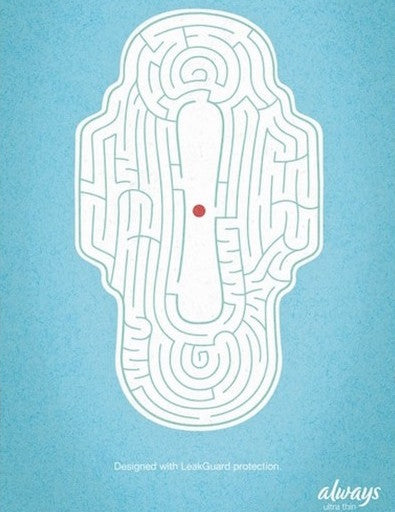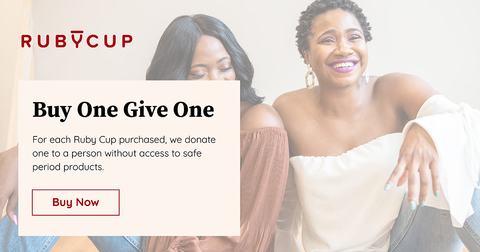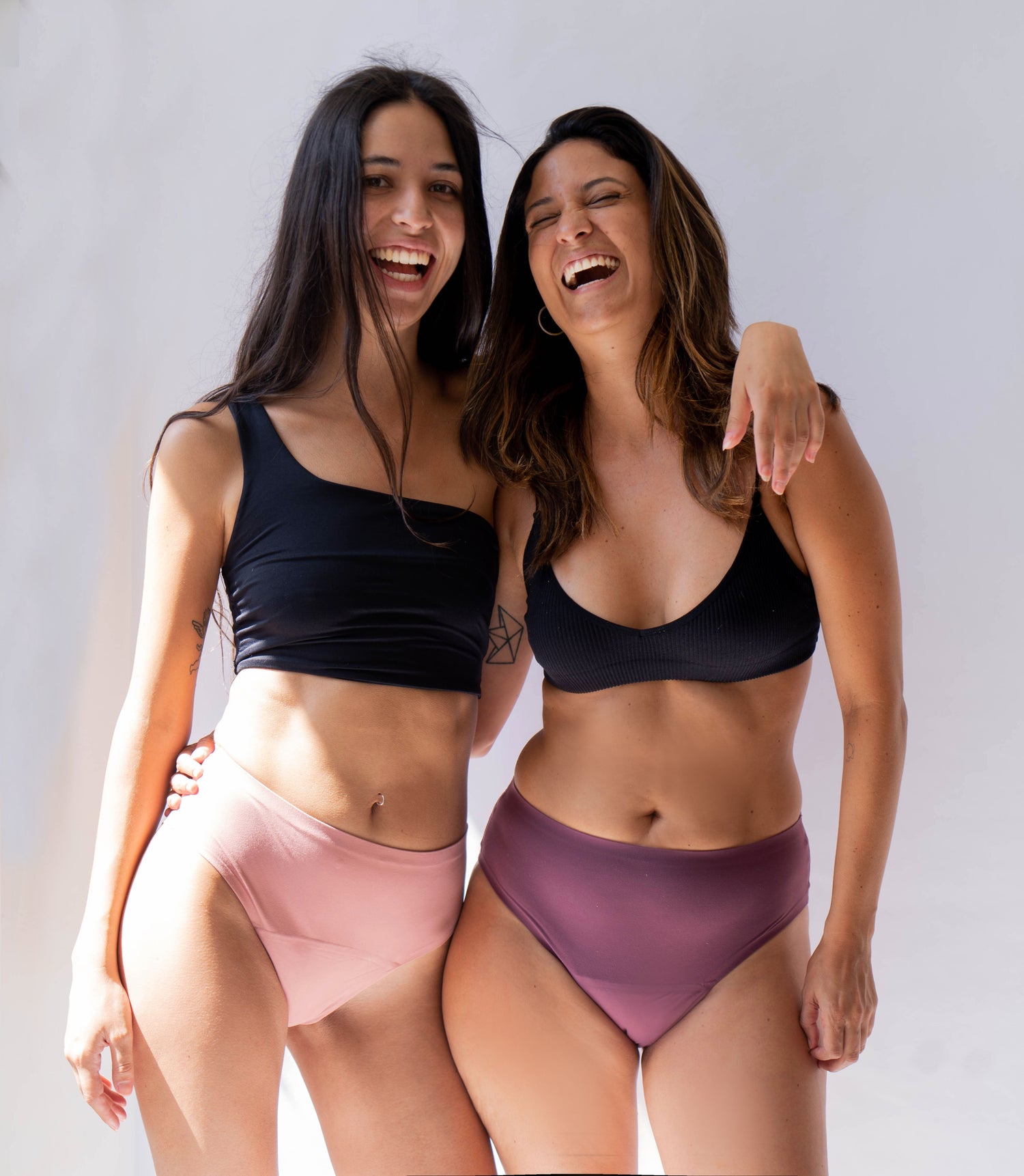The 20th and 21st centuries have seen advertising take on a powerful role as a channel for exposing the public to menstruation in western societies. Today, it remains “the most explicit and loudest form of discussion of the menses”, in the words of Andrew Shail and Gillian Howie, authors of Menstruation: A Cultural History.
This article is written by Mara Budgen. Read more about Mara at the end of the article.
Read also: The Wacky World of Cultural Attitudes to Menstruation Part 1
Advertising provides a perfect window into how western societies view menstruation. Whilst it isn’t the only medium through which this view is formed and expressed, the way advertising represents the cycle is perfectly in line with how people talk and think about it. And this is no coincidence. A lot of time, energy and resources go into producing adverts, and to be effective they have to appeal to values that are widely accepted in society.
Adverts for menstrual products never show menstrual blood. Only a single advert has ever done so – and it’s only a tiny, very neat drop of it (see below). In adverts for tampons and pads, menstrual blood is universally replaced by a blue liquid. It isn’t surprising that the ‘cold’ color blue has been chosen: it’s the opposite of the ‘hot’ color red, and instead of evoking the power of blood, it looks delicate and inoffensive… more the shade of a laundry detergent than that of any bodily fluid. The fact that it’s unacceptable to show menstrual blood in magazines or TV perfectly mirrors people’s approach to it in everyday life. Discussing periods openly is considered rude and disgusting and, in fact, “women are discredited by a behavior which draws attention to menstruation”, as Chris Bobel, the author of a book about menstrual activism in the US, points out.
Advert for Always pads, 2011. It’s actually refreshing to find out it was created by a man!
Another common element in adverts is to identify products such as tampons and pads as offering protection… Protection against what, I ask? Whilst the idea that menstruation is a medical problem is completely outdated, by using the language of protection, adverts communicate that having our period poses us dangers. What we are ‘defending’ ourselves against is our own body. But what exactly does this body threaten? Rather than putting our health at risk, having our period puts our social acceptability at stake. Being trained to think that menstruation is the ultimate sign of female weakness, another idea adverts use, we must protect ourselves from the possibility of others becoming aware we’re on our period. So adverts emphasise how ‘invisible’ their products are, and how they can protect us from … something …
Adverts propose to offer us products that keep us safe from the ‘curse’ of menstruation. Whilst this negative view of the cycle is widely accepted by both men and women, the behaviours and instruments that allow us to hide our periods are viewed positively. Products that make menstruation ‘invisible’ range from hygienic absorbents to medicines, including painkillers, anti-depressants and menstrual suppression pills (oral contraceptive pills taken for longer periods of time). But whether what is being sold is re-branded Prozac (prescribed to treat PMDD, a severe form of PMS that isn’t proven to exist), or wingless pads, the same idea is used to market these products: when we’re on our period we’re messy, irrational and undesirable, and aren’t free to be ourselves. Whilst menstruation can pose limits to the things we can do, seeing it is as a problem is saying something entirely different. It makes it very difficult to learn to accept your period if you’re surrounded by a culture that demonizes it. The view of the cycle as troublesome, instead of natural and healthy, makes so that we women let ourselves and others give little weight to our feelings and actions – which are still our own, even if we’re menstruating. With statements such as “she’s on her period” (code for: ignore her), any constructive discussion about menstruation is dismissed.
A 2009 advert (left) in which Serena Williams “Outsmarts Mother Nature”, and a 1940s advert (right), in which a teenage girl complains, “Why was I born a Woman?”
Having looked into modern attitudes to menstruation in this post, and traditional approaches in the previous one, the obvious fact is that there’s a lot of work to be done. In very few cultures women are free to feel comfortable when they’re menstruating, to discuss the topic openly, and not have to hide the processes their bodies and minds are going through. What I find worrying is that the western approach to the cycle is taken as a model to be aspired to, even though it embraces a culture of silence… At least, on the margins of western menstrual culture, there are activist groups such as the Blood Sisters (mentioned by Chris Bobel in her book) who, campaigning topless, demand that women, and not industry, take control of menstruation.
Mara Budgen is a Politics graduate of SOAS (the School of Oriental and African Studies, London) and a freelance journalist. She is a voluntary contributor to Ruby Blog.
 Your Account
Accedi
Your Account
Accedi
 Basket
Basket







